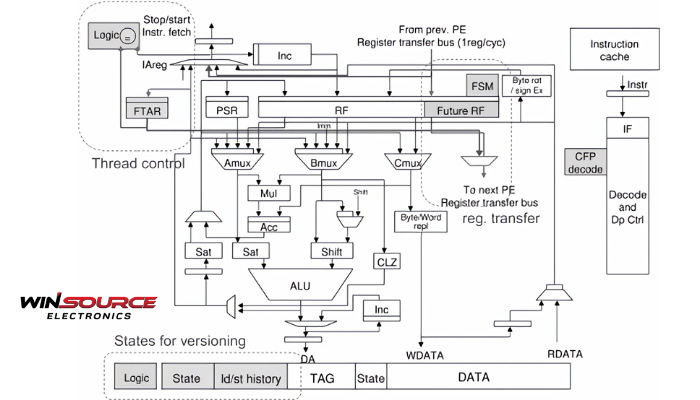
* Question
What types of modules are supported by the time base period high resolution shadow registers?
* Answer
The Time Base Period High-Resolution Shadow Registers are typically used in timing and pulse width modulation (PWM) modules to enhance precision and ensure smooth updates of timer values. These registers are commonly found in microcontrollers and digital signal controllers (DSCs), especially those used in motor control, power electronics, and high-speed real-time applications.
Types of Modules Supported:
PWM (Pulse Width Modulation) Modules
- Used in motor control, LED dimming, and power conversion applications.
- High-resolution shadow registers help achieve finer duty cycle adjustments.
Timer Modules (General Purpose and Advanced Timers)
- Supports periodic event triggering, waveform generation, and precise timekeeping.
- Ensures smooth updates to period registers without glitches.
Capture/Compare Modules
- Used in event detection, input signal measurement, and output waveform generation.
- Helps maintain precise timing when capturing or generating pulses.
Encoder Interface Modules
- Found in motor control applicationsfor tracking rotational positions.
- High-resolution registers help achieve accurate velocity and position tracking.
High-Speed ADC Triggering Modules
- Used in real-time data acquisition.
- Ensures precise triggering of ADC conversions with minimal jitter.
Dead-Time Control for Power Electronics
- Used in inverters and switched-mode power supplies (SMPS).
- Shadow registers allow precise dead-time insertion to avoid short circuits in power switches.
Key Benefits of High-Resolution Shadow Registers:
- Glitch-Free Updates:Ensures period and duty cycle updates occur at predefined points, preventing unintended behavior.
- Higher Precision:Allows for sub-clock cycle adjustments, improving timing accuracy.
- Smoother Transitions:Particularly useful in motor control and PWM applications where abrupt changes cause instability.
These registers are essential for applications that require precise timing control, particularly in industrial automation, automotive, and power electronics systems.

COMMENTS